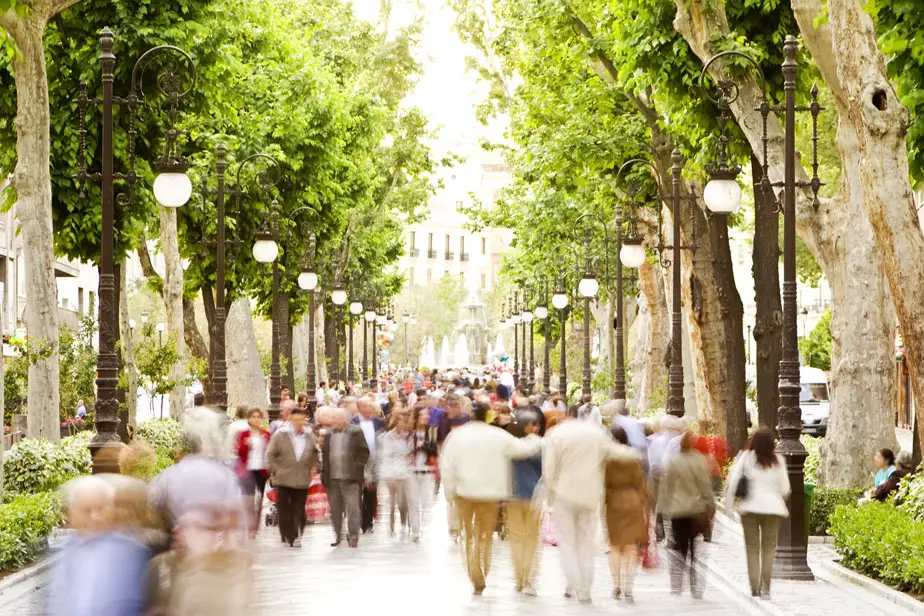There are many things I would do if I was Mayor of London. In addition to investing in complete east-west and north-south bicycle routes I would make it mandatory to cater for pedestrians and people on bikes with decent infrastructure whenever a road was redeveloped. By providing fully-completed routes and guaranteeing future infrastructure, London would swiftly have a better bike network and would continue to build on that over time (fyi: I have no plans to run for office).
I was therefore interested to see work start on a bike lane in Bethnal Green a few months back. The bike lanes are located either side of the road and are very short. Is my home Borough of Tower Hamlets adopting the jigsaw approach with a bit of infrastructure at a time, I wondered?
When the bike lanes opened, my wondering veered off in a different direction. There are some real design flaws with these new bike lanes, as has been widely reported across the blogosphere and traditional media. However, they aren’t all bad. I decided to take a short ride on the lanes to share the good and the bad with readers of This Big City.

As you cycle east-to-west in the direction of the City, you are greeted with a bike lane emerging from the road in a curve. There is a short bollard just before it to ensure cars don’t park on the pavement. The bollard is a little too close for comfort and the curve of the bike lane is a bit too sharp, but this is an acceptable entry. Note the planted area to the right of the bike lane just after the entrance.

Unfortunately the planted protection doesn’t last very long and the bike lanes swiftly find themselves immediately in the door zone. Any motorist or passenger opening their door without noticing or looking for people on bikes becomes a risk. On the plus, the pavement is very wide, meaning pedestrians have no need to use the space allocated for bikes.

The lanes quickly come to an end and bikes are ejected on to the road as the bike lane lowers down to road level. A planted area immediately to the right gives drivers the opportunity to see bikes emerge and also stops them from veering too close to the pavement too quickly. This is a relatively safe way of managing the exit.

So let’s flip over to the immediate other side of the road and head from west to east, away from the City. The first thing that is obvious is the west-east bike lane is a mirror image of the east-west one. So instead of entering the bike lane through a curve, people on bikes are greeted by a bike lane emerging from the road in a straight line. This is much easier to navigate.

Unfortunately it goes downhill quite quickly, and I’m not talking literally. The pavements are narrower on this side of the road and bike lanes have street furniture in them. In the photo above, you will see a parking meter on the side. This was previously located directly in the middle of the bike lane, indicated by the square of darker tarmac in the bike lane. Unsurprisingly, this received much ridicule, as did the presence of the street lamp which is still in place. It remains to be seen if the street light will be removed.

Even if all street furniture is removed, it won’t address the issue of space. The pavements are much narrower on this side of the road, meaning pedestrians are more likely to use the space allocated for cyclists. I have cycled down this path many times and have shared the space with pedestrians on every occasion.

Another problem appears with the exit point. As the path is a mirror image, people on bikes are asked to leave the bike lane from this curved exit point. It literally spits you out on to the road directly in the line of traffic. This is dangerous and intimidating.
From west-to-east, we’ve got an acceptable piece of infrastructure in these bike lanes. However, the east-west side is a dangerous and inadequate addition to the streets of Bethnal Green. Additionally, by adding these bike lanes and maintaining parking space on both sides, the road itself is now narrower and less safe for cyclists.
A commitment to bike infrastructure should be applauded, but only if the design is of a high enough standard.


